Introduction
Chin augmentation is a powerful tool for improving lower facial balance. Standard chin implants are highly effective for modest horizontal deficiencies (<1 cm). However, when vertical deficiency is present, standard implants often fail aesthetically. Recognizing when vertical lengthening is required is crucial to achieving optimal results.
Background
-
Diagnostic Challenge: Vertical chin deficiencies are frequently underdiagnosed. Standard chin implants provide only horizontal augmentation, creating a mismatch when vertical lengthening is actually needed.
-
Associated Features: Many vertically short chins are linked with a flat mandibular plane angle, where the chin and jaw angles align on the same horizontal plane.
-
Assessment Tools:
-
Visual inspection (similar to assessing facial thirds)
-
Cephalometric measurements for confirmation
-
Photo imaging to simulate vertical and horizontal adjustments, allowing patients to preview aesthetic outcomes
-
When vertical deficiency is overlooked, patients often end up with unsatisfactory results from standard implants. At that point, two options remain: custom implant design or bony genioplasty.
Case Presentation
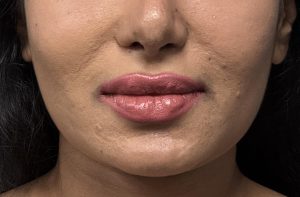
-
Initial Anatomy: Vertically short lower facial third and flat mandibular plane angle
-
Procedure Performed: Placement of a 4.5 mm horizontally projecting extended anatomic chin implant
-
Outcome: Implant healed well and appeared properly positioned. However, the result left the lower face looking “compressed” and failed to achieve the V- or heart-shaped facial contour the patient desired.
Treatment Planning
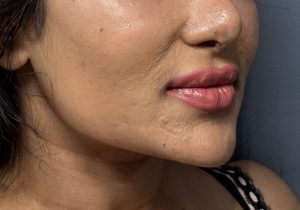
-
Optimal corrections identified:
-
+4 mm horizontal projection
-
+5 mm vertical lengthening
-
Given these dimensions, further improvement with a standard implant was not feasible. Options included a custom chin implant or bony genioplasty.
Surgical Technique
-
Anesthesia: General
-
Approach: Intraoral incision
-
Steps:
-
Removal of the prior implant
-
Full-thickness osteotomy at the superior edge of the prior implant site
-
Advancement of the chin segment with the planned vertical and horizontal changes
-
Stabilization with a modified fixation plate and screws
- Placement of allogeneic bone chips to fill in the resultant bony stepoff.
-
Discussion
-
Soft Tissue Considerations: The chin pad can typically tolerate dimensional changes of up to 12 mm. Beyond this, a custom implant may not produce reliable results.
-
Implant vs. Genioplasty:
-
Custom implant ? suitable for moderate adjustments, especially when within soft tissue tolerance limits
-
Bony genioplasty ? preferred for larger dimensional changes, especially vertical lengthening, as it maintains chin narrowness and improves proportion
-
Key Clinical Takeaways
-
Standard chin implants are inadequate for vertically deficient chins with a flat mandibular plane angle.
-
Extended or winged implants can unintentionally widen the chin, particularly undesirable in females with vertically short chins.
-
Vertical lengthening bony genioplasty is the gold standard for achieving significant dimensional changes, producing a longer yet narrow chin and improved facial balance.
Conclusion
This case illustrates the importance of correctly diagnosing vertical chin deficiencies and selecting the appropriate surgical technique. In patients with vertically short chins, bony genioplasty often provides the best outcome by achieving vertical lengthening without undesirable widening.
Dr. Barry Eppley
World-Renowned Plastic Surgeon

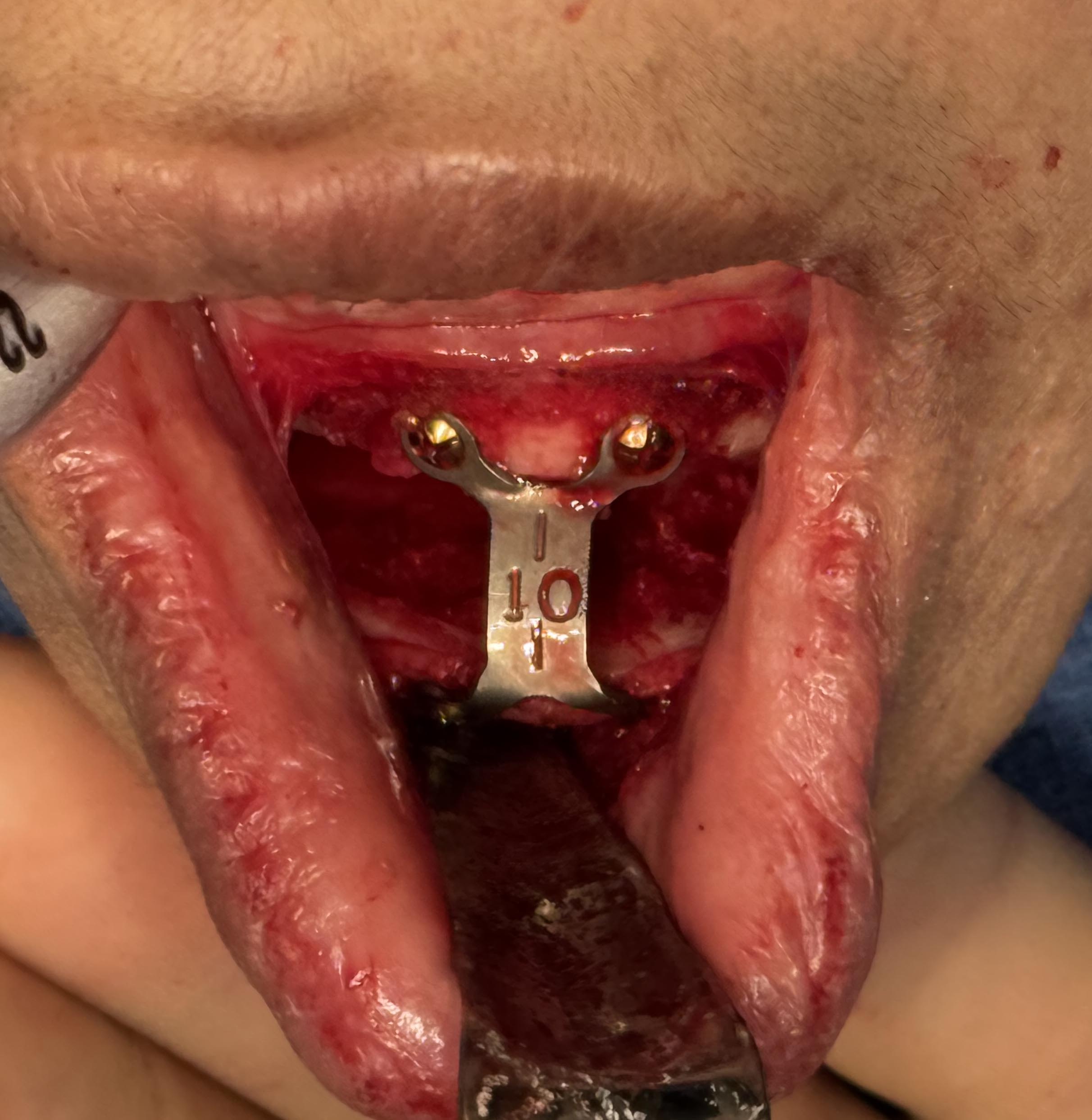
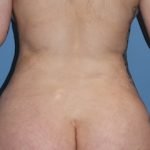
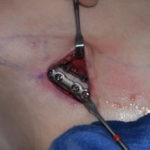
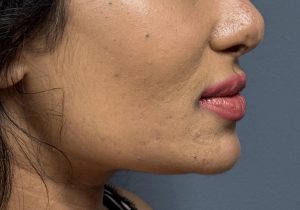

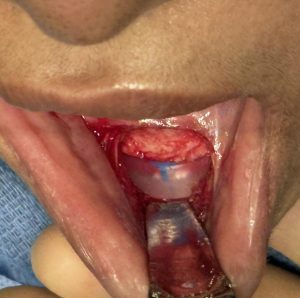
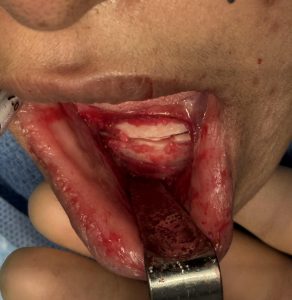
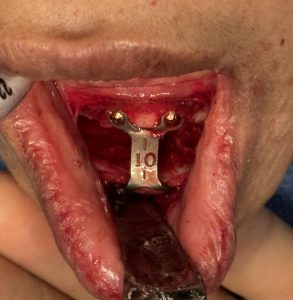
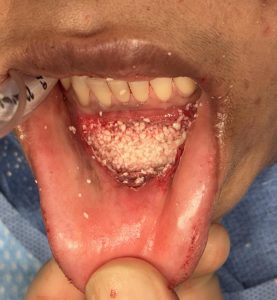 Steps:
Steps: